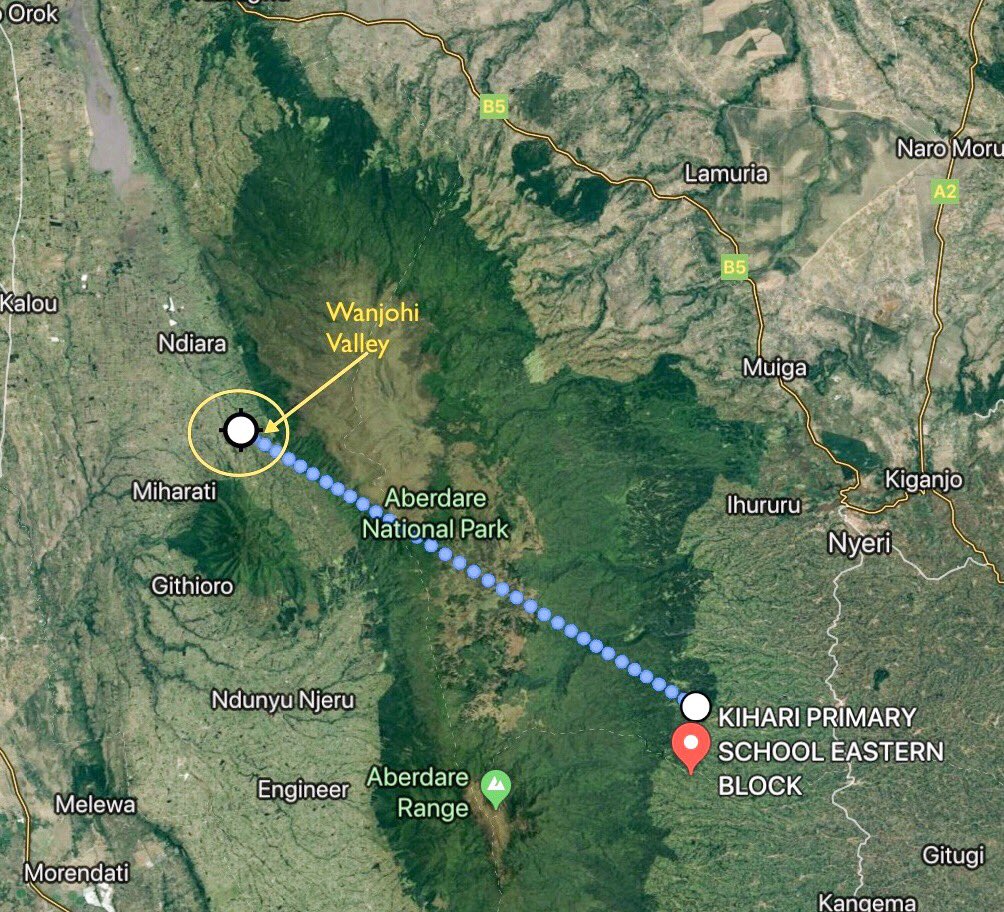The interviewees were two Bukusu elders - Mukisu Kakai and Sikala Mururumbu.
The latter, while aged 91, died in August of 1971.
The Swahili, according to Sikala, were part of an expedition of Germans – or Bachilimani as the Bukusu called them.
The man shouted. ‘There is someone by the gate! See he is running away!’
In this way the village was warned and the cry went out to prepare for battle. The people were very astonished that the enemy, whose presence in the area...
‘It must be the enemy that we were warned was coming’, they said.
It can be seen also from Kabula further south....”
It is these two punitive raids that I am terming the Bukusu massacre.
Other Bukusu villages in the area also barricaded their gates. What could they do? They had no choice but to resist, the same as their neighbors were doing. The people inside Lumboka expected to die, so they butchered....
What else could they do? At about one o'clock the gate was stormed but the troops were beaten for the first time. Finally the gates were broken and the Ugandans and troops poured into the fort.
The Bukusu then....
Many of the captured guns, however, had been given away to the Maasai by this time, so the defense was weak.
Nevertheless many Ugandans and Swahili were killed as well as some Wanga....
He went on.
People ran in all directions and a large number of huts in the vicinity were on fire.













